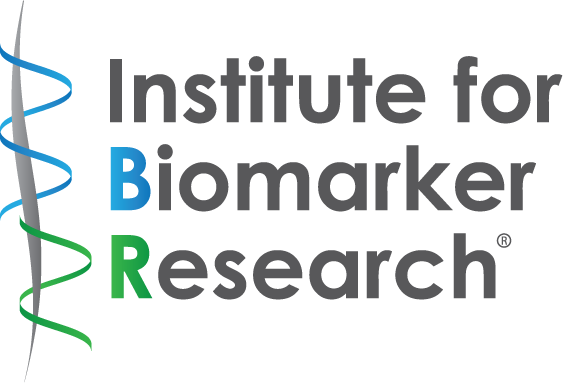SERVICES
Our Spinal Muscular Atrophy (SMA) services begin with research and concludes with a high level of technical expertise.
GD3 researchers have worked with organizations such as the Spinal Muscular Atrophy Foundation, universities and pharmaceutical companies on critical SMA research. SMA, the leading genetic cause of infant death, is caused by defects in the Survival Motor Neuron 1 (SMN1) gene that encodes SMN protein. SMA patients have at least one copy of a similar gene (SMN2) that produces SMN protein, although in reduced amounts. Infantile-onset spinal muscular atrophy is the most common genetic cause of infant mortality, typically resulting in death preceding age two. Low-level production of survival motor neuron protein (SMN) results in a loss of specialized nerve cells called motor neurons that control muscle movement.
In recent years, new SMN-enhancing therapeutics have been developed. Since limited knowledge of baseline and drug-induced SMN levels in disease-relevant tissues hinders efforts to optimize these treatments, clinical trials in this population require understanding disease progression and identifying meaningful biomarkers to hasten therapeutic development and predict outcomes. Clinical studies require a readily accessible means of tracking SMN levels in the patient. GD3 scientists have developed an immunoassay system that monitors SMN protein levels in whole blood. The assay can detect and quantify SMN protein from as little as 5 microliters of whole blood, which can be obtained from a finger prick.
Novel Method Development and Standard use:
- Immuno Assays
- Immunogenicity Assays
- Cell-based Assays
- Nuclease Protection Assays
- Ligand Binding Assays
- Oligonucleotide Assays
- ELISA Assays
- SMA transgenic mouse colony capabilities
- LC-Mass Spec analysis of small molecules
GD3 experts have supported research in published studies of spinal muscular atrophy, including:
- Whole blood survival motor neuron protein levels correlate with severity of denervation in spinal muscular atrophy
- Natural history of infantile-onset spinal muscular atrophy
- Age-dependent SMN expression in disease-relevant tissue and implications for SMA treatment
- Mild SMN missense alleles are only functional in the presence of SMN2 in mammals
- Evaluation of potential effects of Plastin 3 overexpression and low-dose SMN-antisense oligonucleotides on putative biomarkers in spinal muscular atrophy mice (plastin 3, also known as T-plastin or fimbrin)
- Normalization of Patient-Identified Plasma Biomarkers in SMN2 Mice following Postnatal SMN Restoration
Let GD3 collaborative biology/bioanalytical teams generate high-quality leads to advance your programs.























